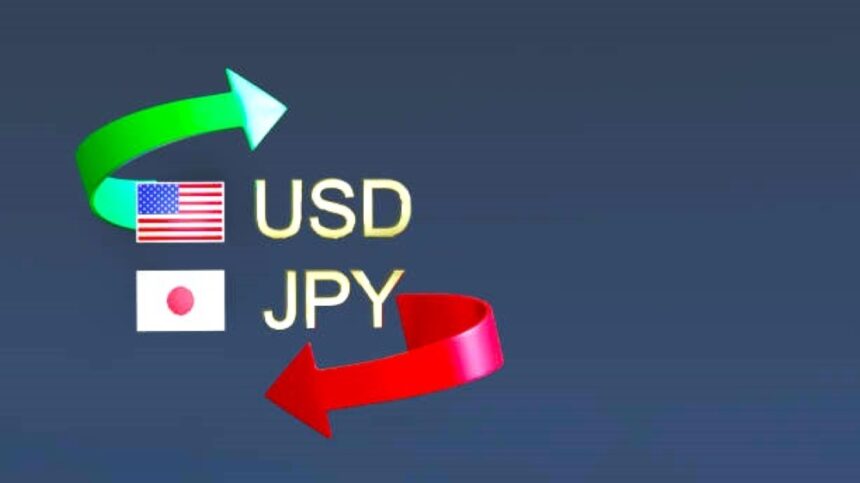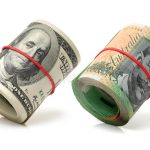Japanese yen fell as Fed Chair Powell stressed that 50 basis point cuts are not the “new pace.”
The Japanese yen (JPY) has pared its intraday losses, but it remains weaker against the US dollar (USD) on Thursday. Despite the US Federal Reserve’s (Fed) aggressive 50 basis point (bps) interest rate drop on Wednesday, the risk-sensitive yen continued to fall.
Traders now focus on the Bank of Japan’s (BoJ) policy announcement expected for Friday, with forecasts that rates remain untouched, providing room for potential future rate increases. Furthermore, Japan’s National Consumer Price Index (CPI) statistics will be widely monitor. As the inflation report may reveal new information about the BoJ’s future interest rate path.
The JPY’s downside may be limited due to hawkish views surrounding the Bank of Japan.
The USDJPY pair’s rise can be linked to comments made by Fed Chair Jerome Powell. In the post-meeting press conference, Powell stated that the Fed is not in a hurry to loosen policy and emphasized that half-point rate decreases are not the “new pace.”
Fed members upgraded their quarterly economic predictions, raising the median expectation for unemployment to 4.4% by the end of 2024, up from 4.0% in June. They also increased their long-term prediction of the federal funds rate from 2.8% to 2.9%.
Daily Market Movers: Japanese yen depreciates as Fed lifts long-term rate projections.
The Federal Open Market Committee (FOMC) reduced the federal funds rate to a range of 4.75% to 5.0%, the Fed’s first rate drop in more than four years.
Federal Reserve Chair Jerome Powell responded to the aggressive 50 basis point rate cut, saying, “This decision reflects our increased confidence that, with the right adjustments to our policy approach, we can maintain a strong labor market, achieve moderate economic growth, and bring inflation down to a sustainable 2% level.”
Japan’s merchandise trade balance Total recorded a bigger trade deficit of ¥695.30 billion in August, up from ¥628.70 billion the previous month, but much below market expectations of ¥1,380.0 billion. shortfall. Exports rose 5.6% year on year, marking the ninth consecutive month of growth, but fell short of the expected 10.0%. Imports increased by only 2.3%, the smallest rate in five months and substantially lower than the predicted 13.4% increase.
Fed officials increased their long-term outlook for the federal funds rate from 2.8% to 2.9%.
JP Morgan CEO Jamie Dimon said on Tuesday that whether the Federal Reserve lowers interest rates by 25 or 50 basis points, the impact will be “not earth-shattering.” Dimon reiterated, “They need to do it,” but noted that such movements are rather insignificant in the broad scheme of things, as “there’s a real economy” functioning beneath the Fed’s rate increases, Bloomberg reports.
US retail sales increased by 0.1% month-over-month in August, following a revised 1.1% growth in July, exceeding estimates of a 0.2% decrease and indicating strong Consumer expenditure. Meanwhile, the Retail Sales Control Group grew by 0.3%, somewhat less than the previous month’s 0.4% growth.
Shunichi Suzuki, the Japanese finance minister, stated on Tuesday that fast foreign exchange (FX) movements are undesirable. Suzuki highlighted that officials will closely monitor how foreign exchange movements affect the Japanese economy and people’s livelihoods. According to Reuters, the administration will continue to monitor and respond to the impact of a rising Japanese yen.
Commerzbank FX analyst Volkmar Baur predicted that the Bank of Japan would remain on the sidelines this week. Baur added that the Federal Reserve’s actions are likely to have a stronger influence on the USD/JPY pair, suggesting that the JPY could have a good possibility of going below 140.00 per USD even without a rate change. hike from the Bank of Japan.
Fitch Ratings’ most recent analysis on the Bank of Japan’s policy outlook, released on Friday, forecasts that rates might rise to 0.5% by the end of 2024, 0.75% in 2025, and 1.0% by the end of 2026.









